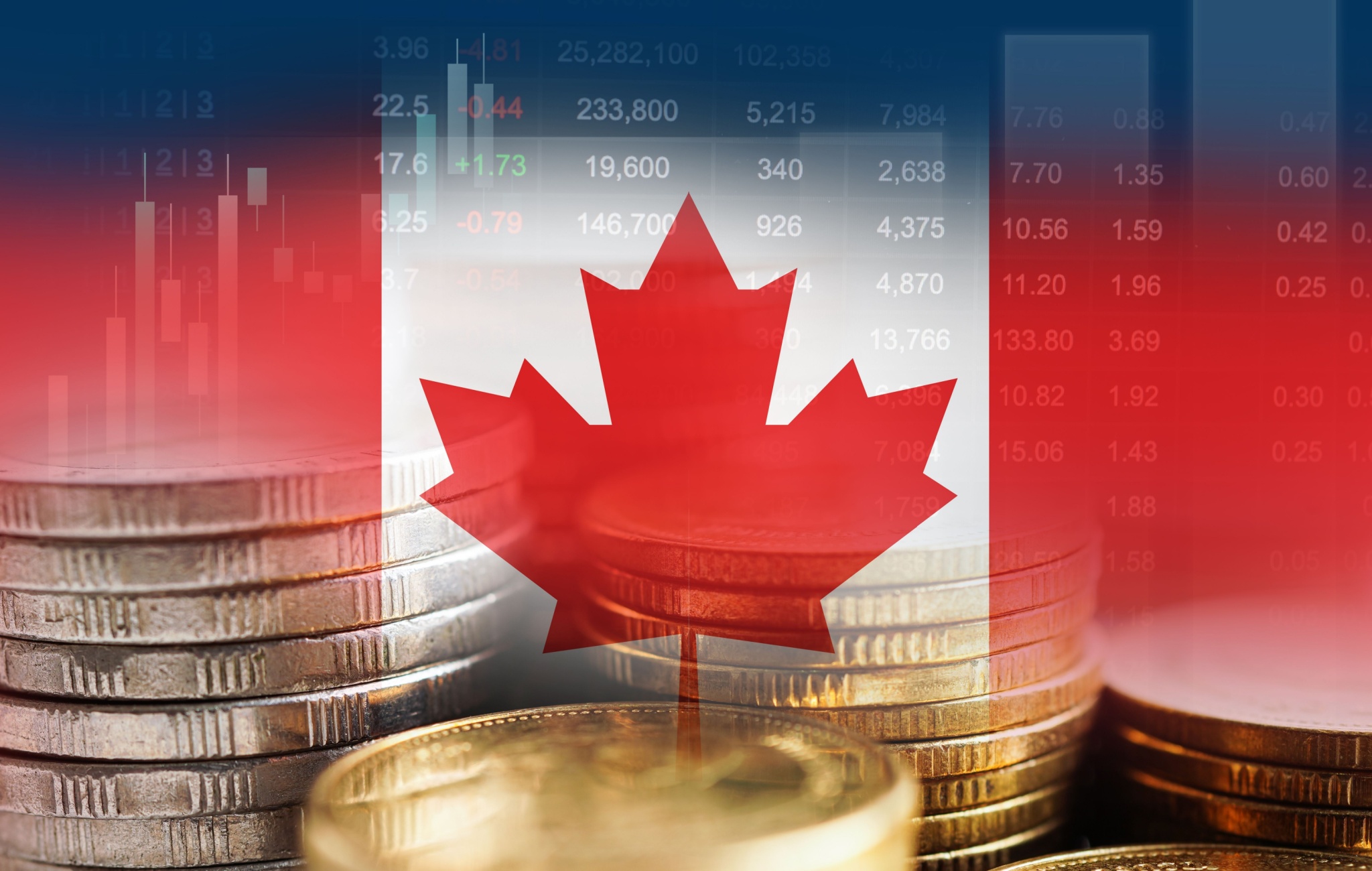As the global economy enters a year of recalibration, Canadian investors and households are bracing for a volatile but navigable 2025. According to Kate Leaman, AvaTrade’s chief market analyst, Canada’s economy is expected to post modest gains this year, growth hovering around 1.8%, but that calm surface belies a more turbulent undercurrent: trade friction with the United States, creeping inflation, and a changing global investment landscape.
A major flashpoint is the return of tariffs. In 2025, both Canada and the U.S. slapped 25% duties on a range of goods, from steel to everyday consumer products. While aimed at addressing trade imbalances, these tariffs have created a ripple effect that’s beginning to show up where it matters most your grocery bill. According to forecasts, tariffs will impact nearly 9% of the consumer price basket tracked by Statistics Canada, with price hikes filtering through to households over the next 12 to 18 months.
Tariffs and Your Wallet: The New Inflation Driver
By mid-2025, Canada’s inflation hovered around 2.3–2.5%, but that’s set to change. Bank of Canada now predicts a temporary spike above 3% in 2026, largely driven by tariff-induced price increases. The impact will be most acute in non-energy consumer goods: groceries, household items, and apparel. For the average Canadian, that means $100 worth of groceries today could cost $103 or more within the year, small increments that add up across a family’s monthly budget.
This inflationary jolt comes at a time when consumer confidence is slowly recovering, bolstered by wage growth and easing interest rates. But as AvaTrade analysts point out, shoppers should prepare for “several choppy quarters in the aisles,” as tariffs push costs higher before supply chains fully adjust. The long-term upside? A potential reshoring of production and more “Made in Canada” goods, though these may not come cheap, at least initially.
Market Strategy: Diversify and Stay Nimble
Despite the friction, Canada’s financial markets remain resilient. The TSX is expected to grow, though more slowly than in 2024, with double-digit earnings growth led by energy, materials, and financials. Infrastructure projects like LNG terminals and high commodity prices are fueling optimism in key sectors. But volatility remains a theme, and AvaTrade suggests Canadian investors diversify, across geographies, sectors, and asset classes to weather potential shocks.
Meanwhile, export trends are likely to be erratic: a short-term surge in shipments as firms race to beat new tariffs, followed by potential declines if trade barriers persist. Canada's strategic pivot to the Indo-Pacific, however, offers hope for exporters seeking new markets beyond the U.S.
The Bigger Picture: Resilient, But Tested
The Canadian economy is not in crisis but it is at a crossroads. Tariffs, inflation, and geopolitical tensions will challenge both households and investors to adapt. For Canadians, 2025 is not the year to expect explosive growth but it is a year to plan smart, shop strategically, and watch global headlines closely. As AvaTrade's market outlook notes: Canada remains fundamentally sound, but navigating the months ahead will require patience, adaptability, and a clear-eyed view of risk.
This analysis was written by Kate Leaman, chief market analyst at AvaTrade.
About AvaTrade
AvaTrade is a globally licensed and regulated online trading broker, committed to providing traders with a secure and transparent trading environment. Nearly half of AvaTrade’s activity stems from partnerships with institutional trading partners. The company prides itself on offering competitive trading conditions, including both fixed and floating spreads, as well as real-time quotes and instant trade execution.
AvaTrade supports a wide range of popular trading platforms across desktop and mobile, catering to traders of all levels. The multi-award-winning broker offers a diverse portfolio of CFD instruments, including precious metals, stocks, indices, ETFs, government bonds (from the US, Japan, and Europe), and vanilla options on Forex.
The relationship between Friedberg Direct and AvaTrade was formed to allow Canadian residents access to AvaTrade’s global online technology. All accounts are opened by and held with Friedberg Direct, a division of Friedberg Mercantile Group Ltd., a member of the Canadian Investment Regulatory Organization (CIRO) and a member of the Canadian Investor Protection Fund (CIPF). Friedberg Direct and AvaTrade were formed to allow Canadian residents access to one of the world’s most recognized companies in Forex and CFD trading, their suite of products and technology, including their award-winning trading platforms.
For more information, visit www.avatrade.ca.
Media Contact
Avatrade Support
info@avatrade.ca


